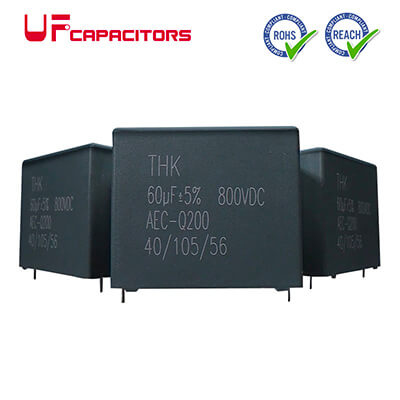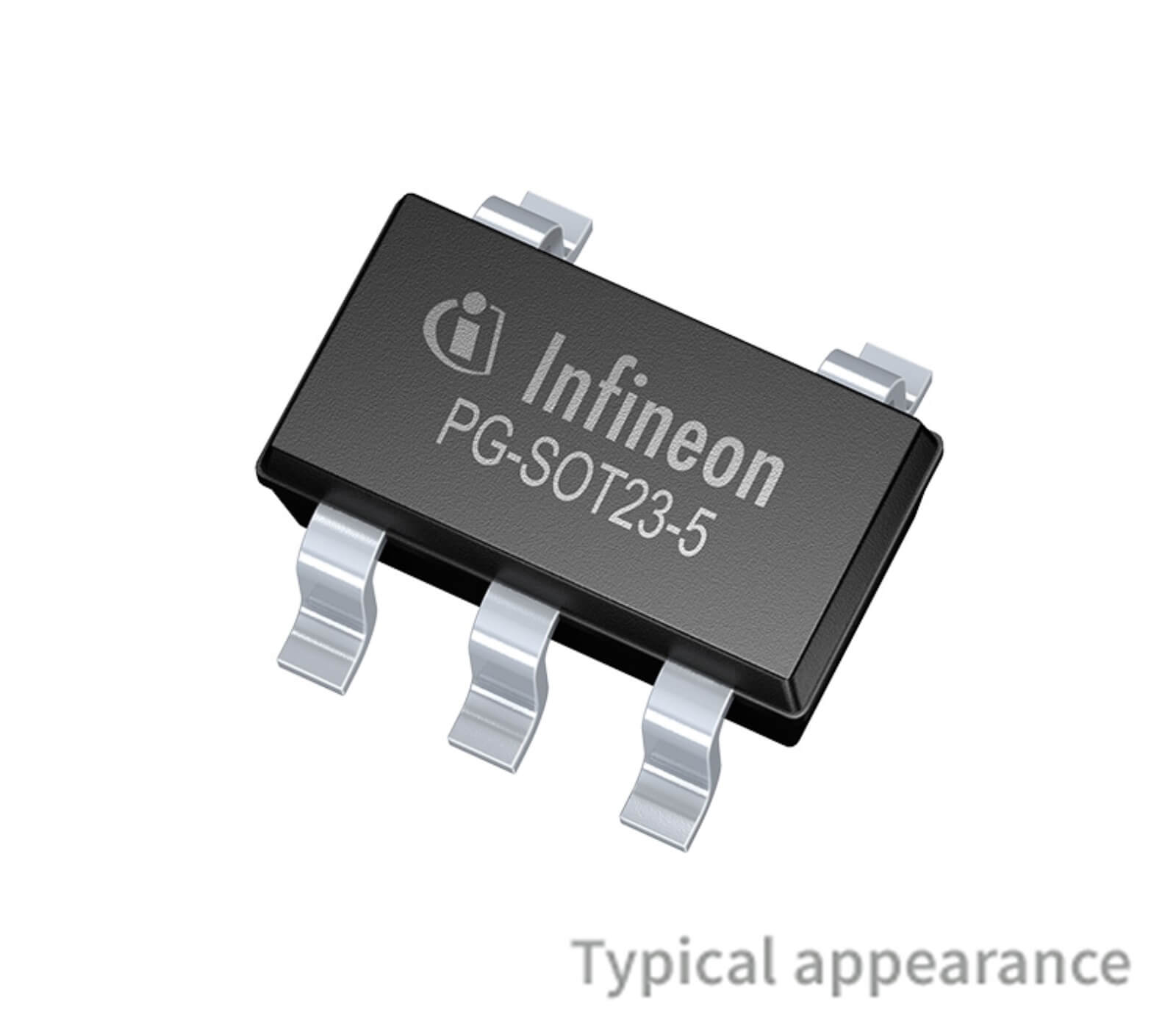With the continuous progress of semiconductor technology, the chip manufacturing process is also constantly evolving. At present, 7 nanometer (nm) chips have become mainstream, however, the rise of 5 nanometer chips has attracted widespread attention. This article will delve into the differences between 7nm chips and 5nm chips, and reveal the advantages and potential of 5nm chips.

the difference in process size
The most obvious difference between a 7nm chip and a 5nm chip is the process size. The process size represents the minimum size of the transistors and interconnects on the chip. The process size of the 7nm chip is 7 nanometers, and the process size of the 5nm chip is further reduced to 5 nanometers. This means that 5nm chips can fit more transistors on the same chip area, providing higher integration and stronger performance.
performance improvement
Higher transistor density
5nm chips have higher transistor density than 7nm chips. The increase in transistor density means that more transistors can be accommodated on the same chip area, which provides more computing power and processing performance. This makes 5nm chips even better at handling big data, artificial intelligence and complex computing tasks.
Lower power consumption
5nm chips have lower power consumption than 7nm chips. This is due to the 5nm chip using more advanced process technology, including improved transistor structure and materials. The reduction in power consumption brings two advantages: on the one hand, it can extend the battery life of the device, providing a longer battery life; On the other hand, the reduced power consumption means that the device generates less heat during high-load operations, thus reducing the heat dissipation requirement and the impact of heat on processor performance.
Higher frequency and performance
Compared with 7nm chips, 5nm chips can achieve higher operating frequencies and performance. The reduction in the size of the process makes the transmission path of electronic signals on the chip shorter and the flow of current faster. This allows the 5nm chip to complete more computing operations at the same clock speed, providing higher performance and response speed.
challenges and prospects
Breakthrough in process technology
The development of 5nm chips faces great challenges in process technology. With the further reduction of process size, chip manufacturing has become more complex and refined, with higher requirements for materials, processes and equipment. Addressing these challenges requires sustained R&D investment and innovative breakthroughs to ensure process reliability and increased productivity.
The expansion of technology application
The rise of 5nm chips will promote the expansion of technical applications in all walks of life. Whether it is smartphones, data centers, artificial intelligence or iot devices, 5nm chips will bring higher performance and efficiency to these areas. For example, in the field of artificial intelligence, the high computing power of 5nm chips and the higher transistor density, lower power consumption and higher frequency of 5nm chips compared to 7nm chips will promote the development of deep learning, autonomous driving and edge computing.
Conclusion
The rise of 5nm chips marks another breakthrough for the semiconductor industry. Compared with 7nm chips, 5nm chips have significant improvements in transistor density, power consumption and performance. However, the process technology and application of 5nm chips still face some challenges. It is hoped that with the continuous progress of technology, these challenges can be effectively solved, so that 5nm chips can be widely used in various fields to promote scientific and technological progress and social development.




